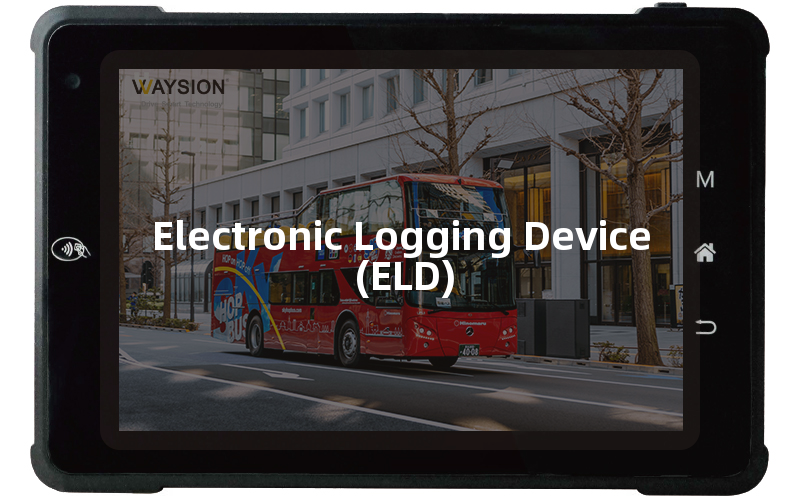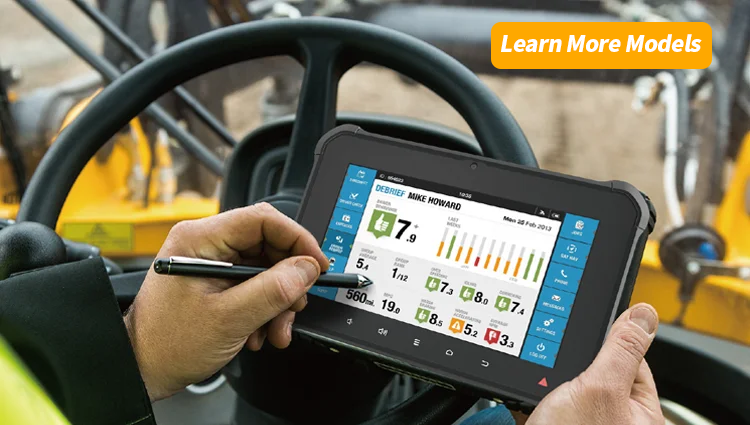How to Choose the Best ELD for Your Trucking Business
The Electronic Logging Device (ELD) mandate has transformed the trucking industry, making it essential for business owners to choose the right ELD system. Selecting the best ELD for your trucking business involves evaluating multiple factors to ensure compliance, efficiency, and cost-effectiveness. In this comprehensive guide, we provide a detailed analysis of how to choose the best ELD for your trucking business, covering all crucial aspects from compliance to usability.

Understanding ELD Compliance Requirements
FMCSA Certification
To comply with the Federal Motor Carrier Safety Administration (FMCSA) regulations, it is imperative to choose an ELD that is FMCSA certified. This certification ensures that the device meets all the necessary technical specifications and functional requirements. Verify the ELD provider’s certification status on the FMCSA’s website to avoid non-compliance issues.
Data Retention and Transfer
An essential feature of any ELD is its ability to store and transfer data efficiently. The ELD must retain data for a minimum period as mandated by the FMCSA. Additionally, it should support multiple data transfer methods such as wireless web services, USB, and Bluetooth to facilitate easy access and sharing with enforcement personnel.
Evaluating ELD Features and Capabilities
User-Friendly Interface
A user-friendly interface is critical for ensuring that drivers can easily log their hours of service (HOS) without confusion. Look for ELDs with intuitive displays and straightforward navigation to minimize training time and errors. Touchscreen capabilities and clear graphics can significantly enhance usability.
Real-Time Tracking and Reporting
Real-time tracking and reporting features are vital for fleet management. These features allow managers to monitor vehicle locations, driver status, and compliance in real time. Choose an ELD that offers robust GPS tracking and real-time reporting capabilities to enhance operational efficiency and safety.
Integration with Fleet Management Systems
The best ELDs can seamlessly integrate with existing fleet management systems. This integration facilitates comprehensive data analysis and reporting, streamlining operations and reducing administrative burdens. Ensure that the ELD is compatible with your current systems to maximize its utility.
Assessing Installation and Maintenance
Ease of Installation
An ELD should be easy to install without requiring extensive technical expertise. Many modern ELDs offer plug-and-play solutions that can be installed quickly. Evaluate the installation process to ensure it won’t disrupt your operations.
Maintenance and Support
Regular maintenance and support are crucial for the optimal functioning of your ELD. Choose an ELD provider that offers reliable customer support and maintenance services. Check for warranty options and the availability of software updates to keep your system up-to-date.
Considering Cost Factors
Initial Cost vs. Long-Term Value
While the initial cost of an ELD is an important consideration, it is equally important to evaluate the long-term value. Consider the total cost of ownership, including hardware, software, installation, and maintenance. A higher upfront cost might be justified by better features and reliability.
Subscription and Data Plans
Many ELDs require ongoing subscription fees for data services and access to additional features. Compare the subscription plans and data usage costs of different ELD providers to find the most cost-effective solution for your business.
Evaluating Vendor Reputation and Reviews
Vendor Experience and Reputation
The reputation and experience of the ELD vendor play a significant role in ensuring product quality and reliability. Research vendor backgrounds, read customer reviews, and consider the vendor’s history in the industry. Established vendors with a strong track record are often more reliable.
Customer Feedback and Reviews
Customer reviews and feedback provide valuable insights into the performance and reliability of an ELD. Look for reviews from businesses similar to yours to understand the pros and cons of different ELD systems. Pay attention to recurring issues and positive highlights.
Additional Features to Consider
Driver Safety and Performance Monitoring
Many advanced ELDs offer features that monitor driver safety and performance, such as speed tracking, harsh braking alerts, and idle time monitoring. These features can help improve driver behavior and reduce operational costs.
Geofencing and Alerts
Geofencing capabilities allow managers to set virtual boundaries and receive alerts when a vehicle enters or exits a designated area. Consider ELDs with geofencing features to enhance security and operational control.
Compliance with International Regulations
If your trucking operations extend beyond national borders, it is crucial to choose an ELD that complies with international regulations. Verify the ELD’s compliance with regulations in countries where you operate to ensure seamless cross-border operations.
Conclusion
Choosing the best ELD for your trucking business involves a thorough evaluation of compliance requirements, features, installation, cost, and vendor reputation. By focusing on these critical factors, you can select an ELD that not only meets regulatory standards but also enhances your fleet’s efficiency and profitability.









